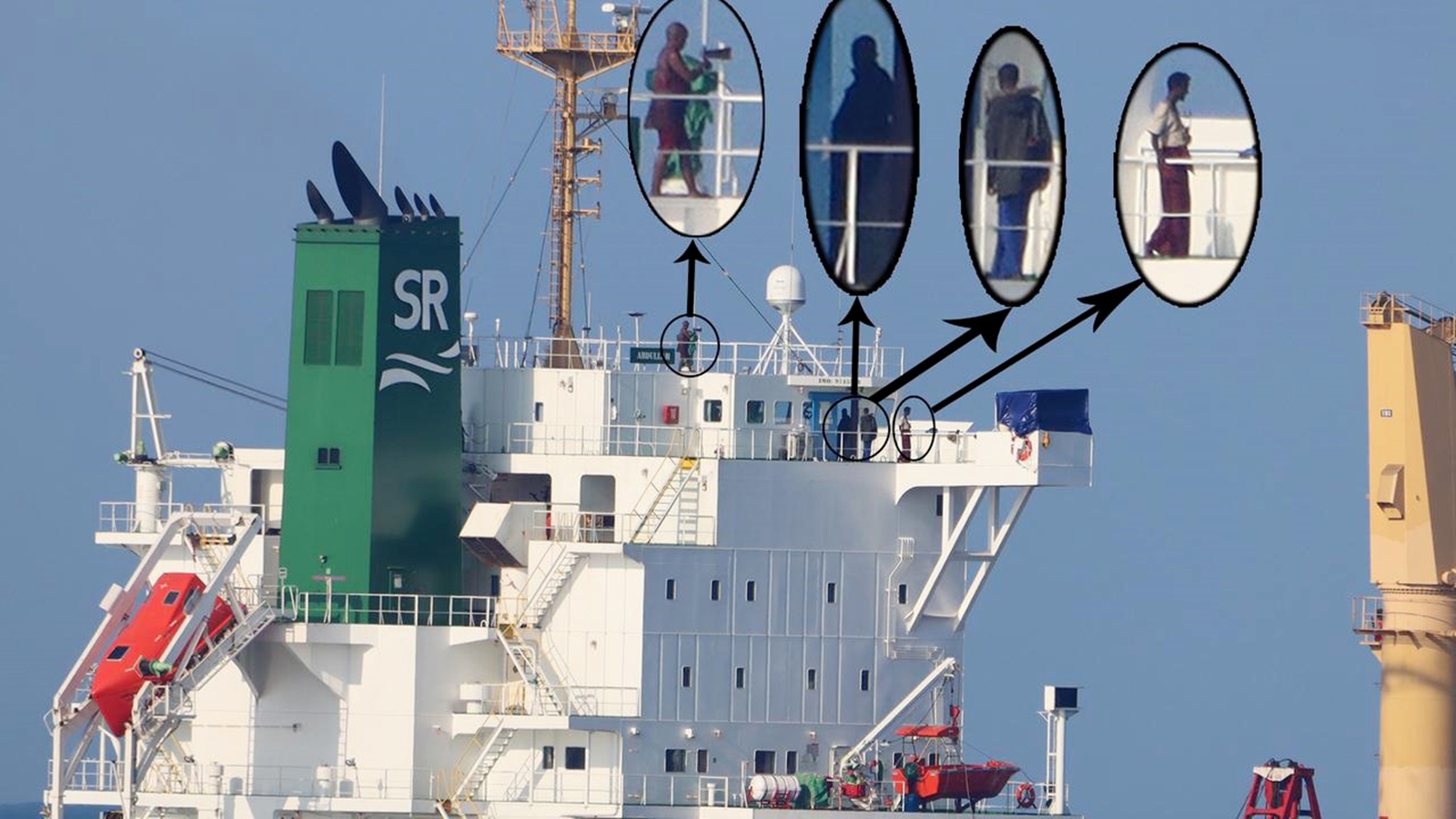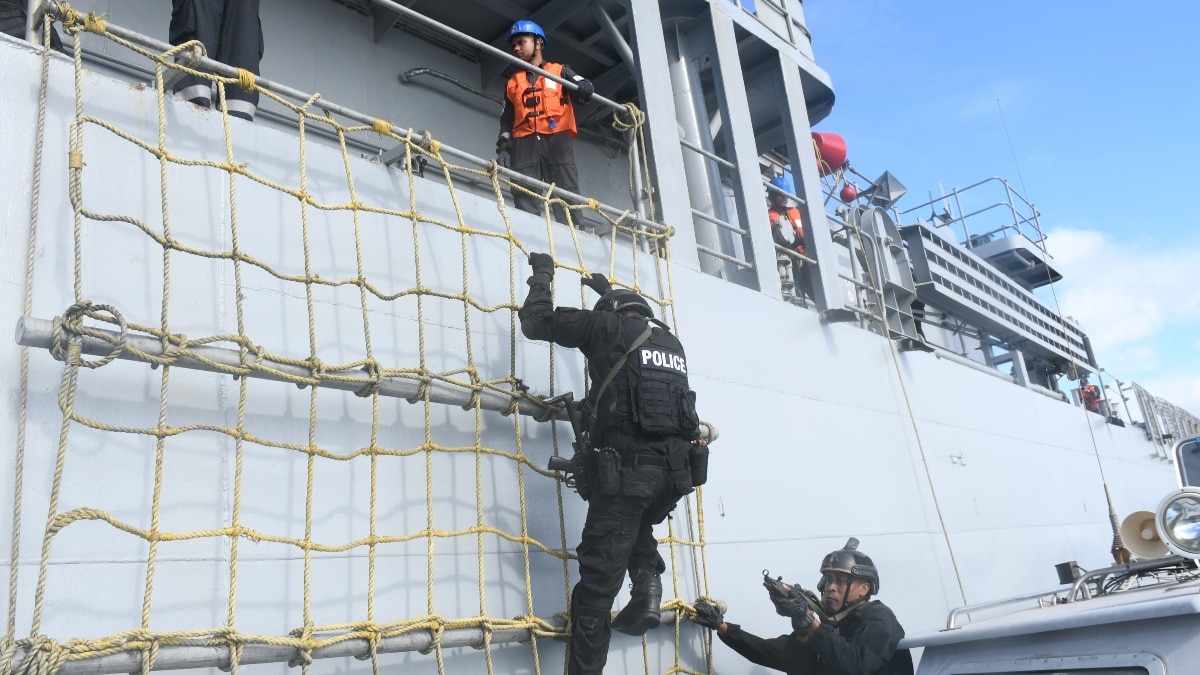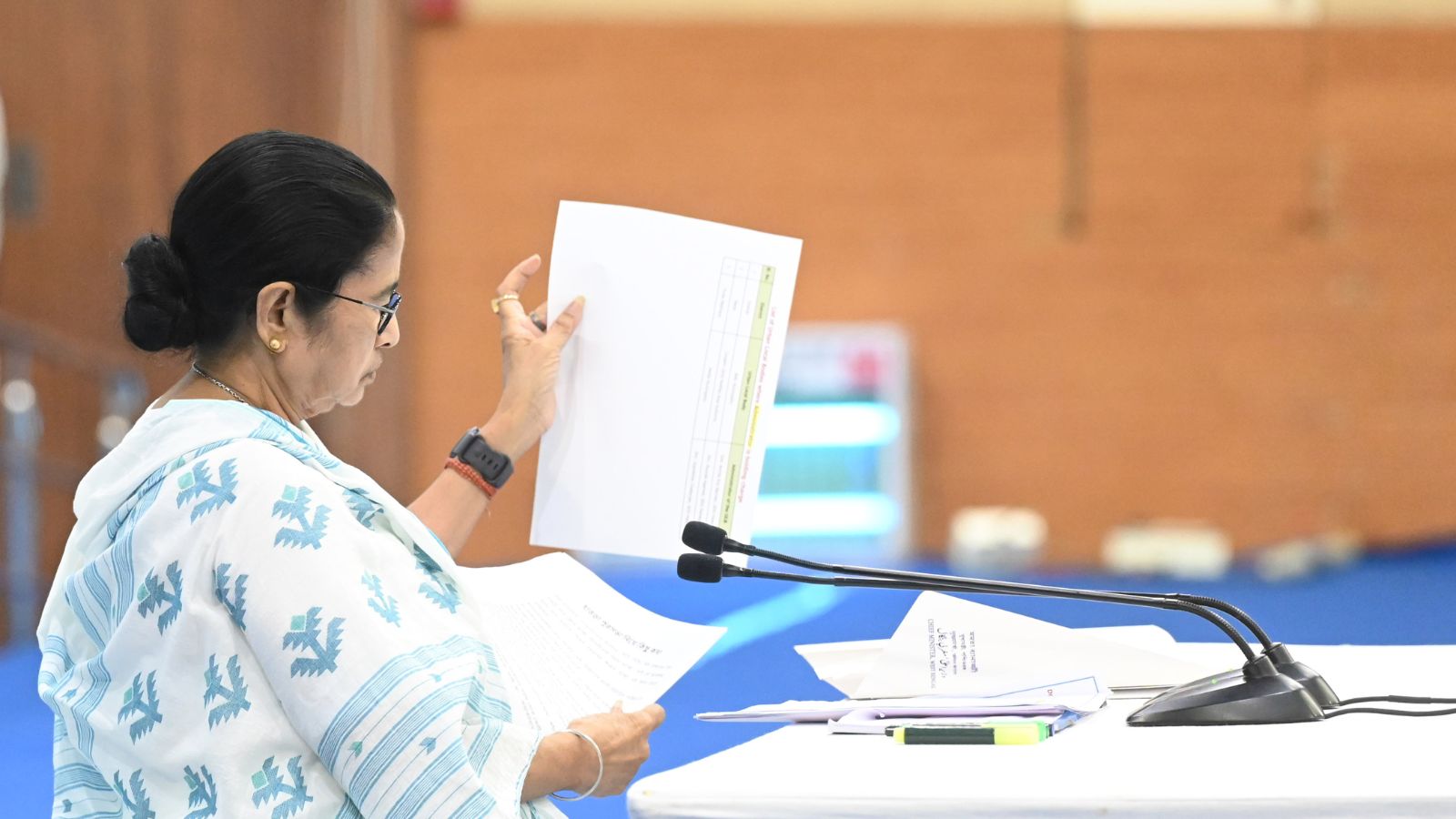India's Ministry of Culture has claimed that the 'Tangail saree' originated in West Bengal, sparking outrage from netizens as the traditional tant saree is widely considered to have originated from Bangladesh's Tangail district.
"The Tangail saree, originating from West Bengal, is a traditional handwoven masterpiece. Renowned for its fine texture, vibrant colours, and intricate Jamdani motifs, it epitomises the region's rich cultural heritage," the ministry wrote in a post on Facebook on Thursday (1 February).
"Each Tangail saree is a testament to skilled craftsmanship, seamlessly weaving together tradition and elegance," it added.
The India's ministry's Facebook post on Friday stoked outrage among Bangladeshi netizens.
Some of them commented on the post that the fact that the word 'Tangail' itself originates from the name of the Tangail district of Bangladesh.
Some others commented that the Indian ministry might have got the saree's name wrong.
The Indian ministry's facebook post comes weeks after West Bengal Chief Minister Mamata Banerjee, in an X post, wrote,"Three handloom saree items of West Bengal, namely Tangail of Nadia and Purba Bardhaman, and Korial & Garad of Murshidabad and Birbhum, have been registered and recognized as GI products."
"I congratulate the artisans for their skills and achievements. We are proud of them. Our congratulations to them!!" she added.
Gazi Md Rezaul Karim, member (O&M) of the Bangladesh Handloom Board, told The Business Standard that Tangail saree is a Bangladeshi product. Claiming it originated in West Bengal is false.
However, he could not confirm if the board is aware of India's claim or the GI tag for the Tangail saree.
He added that there is an option to object against India's GI tag for the saree.
Bangladesh Handloom Board Chairman Md Mahmud Hossain and Md Ayub Ali, planning and implementation chief of the board, could not be reached over the phone for a comment on the matter.
The Tangail saree has a rich tradition and history, representing one of the oldest cottage industries in Bangladesh. Its weaving heritage can be traced back to the British period, with significant expansion occurring in the late nineteenth century.
Multiple communities in Bangladesh participate in the production of Tangail sarees, with the Basak community of Pathrail in Tangail being the oldest.
A large number of handloom artisans migrated from Bangladesh to India during the partition and the 1971 Liberation War. They settled in West Bengal, where they popularised this specific type of saree.

 www.tbsnews.net
www.tbsnews.net
"The Tangail saree, originating from West Bengal, is a traditional handwoven masterpiece. Renowned for its fine texture, vibrant colours, and intricate Jamdani motifs, it epitomises the region's rich cultural heritage," the ministry wrote in a post on Facebook on Thursday (1 February).
"Each Tangail saree is a testament to skilled craftsmanship, seamlessly weaving together tradition and elegance," it added.
The India's ministry's Facebook post on Friday stoked outrage among Bangladeshi netizens.
Some of them commented on the post that the fact that the word 'Tangail' itself originates from the name of the Tangail district of Bangladesh.
Some others commented that the Indian ministry might have got the saree's name wrong.
The Indian ministry's facebook post comes weeks after West Bengal Chief Minister Mamata Banerjee, in an X post, wrote,"Three handloom saree items of West Bengal, namely Tangail of Nadia and Purba Bardhaman, and Korial & Garad of Murshidabad and Birbhum, have been registered and recognized as GI products."
"I congratulate the artisans for their skills and achievements. We are proud of them. Our congratulations to them!!" she added.
Gazi Md Rezaul Karim, member (O&M) of the Bangladesh Handloom Board, told The Business Standard that Tangail saree is a Bangladeshi product. Claiming it originated in West Bengal is false.
However, he could not confirm if the board is aware of India's claim or the GI tag for the Tangail saree.
He added that there is an option to object against India's GI tag for the saree.
Bangladesh Handloom Board Chairman Md Mahmud Hossain and Md Ayub Ali, planning and implementation chief of the board, could not be reached over the phone for a comment on the matter.
The Tangail saree has a rich tradition and history, representing one of the oldest cottage industries in Bangladesh. Its weaving heritage can be traced back to the British period, with significant expansion occurring in the late nineteenth century.
Multiple communities in Bangladesh participate in the production of Tangail sarees, with the Basak community of Pathrail in Tangail being the oldest.
A large number of handloom artisans migrated from Bangladesh to India during the partition and the 1971 Liberation War. They settled in West Bengal, where they popularised this specific type of saree.

Indian ministry claims Tangail saree originated in West Bengal, sparking outrage among netizens
India's Ministry of Culture has claimed that the 'Tangail saree' originated in West Bengal, sparking outrage from netizens as the traditional tant saree is widely considered to have originated from Bangladesh's Tangail district. "The Tangail saree, originating from West Bengal, is a traditional...
















